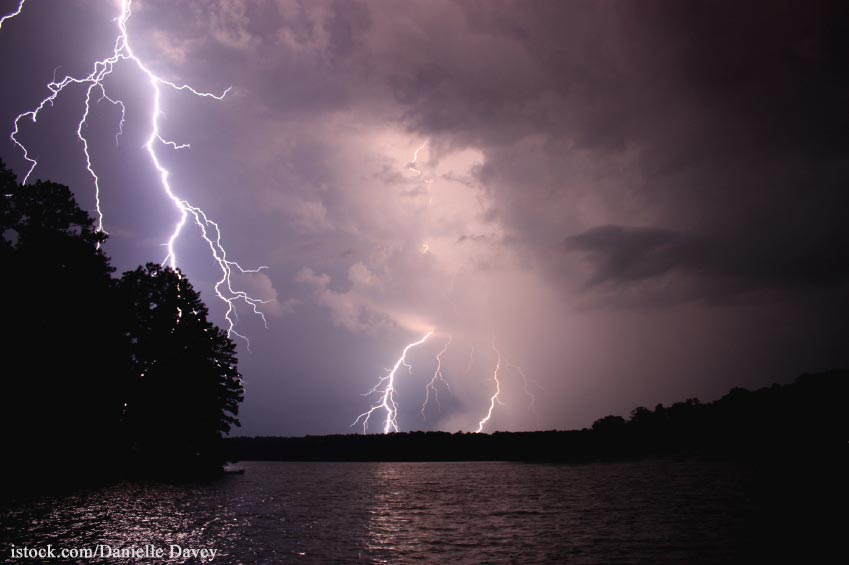
When severe weather strikes and the power goes out, it can be confusing to figure out what food is safe to eat. Here are five things to do before the storm that will take some of the guesswork out of severe weather food safety, according to U.S. Department of Agriculture (USDA).
Make sure you have working appliance thermometers in both the refrigerator and the freezer. Safe temperatures for the fridge are 40°F or lower, in the freezer 0°F or lower.
Freeze water in one-quart plastic storage bags or other small containers prior to a storm. Tuck them in between frozen foods to help keep them cold. Freeze any food you don’t plan to eat in the immediate future such as leftovers, milk, fresh or poultry. This will help to keep them at a safe temperature for a longer period of time. Group food together in the freezer to help them stay cold longer.
Find your cooler or purchase one. Clean it out.
Find out where you can purchase dry ice or block ice. Set aside some cash.
Buy a few days worth of ready-to-eat foods that don’t need cooking and some bottled water. Store the goods on high shelves.
If the power goes out, buy the dry ice or block ice. Keep refrigerator and freezer doors closed as much as possible. Without power, a refrigerator keeps food cold for about four hours if the door is kept closed. Around the four-hour mark check the fridge thermometer to make sure it is below 40˚F and transfer foods to your cooler that has a block ice or dry ice in it. A full freezer will hold its temperature for about 48 hours without power, a half-full freezer will hold for 24 hours.




